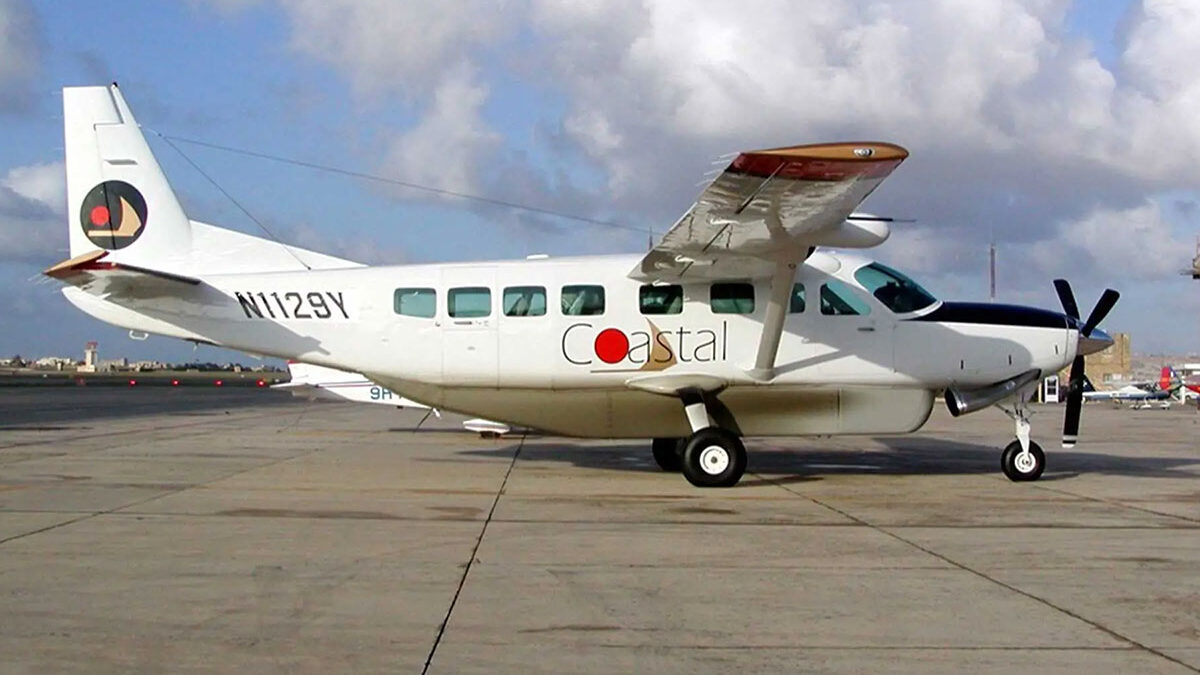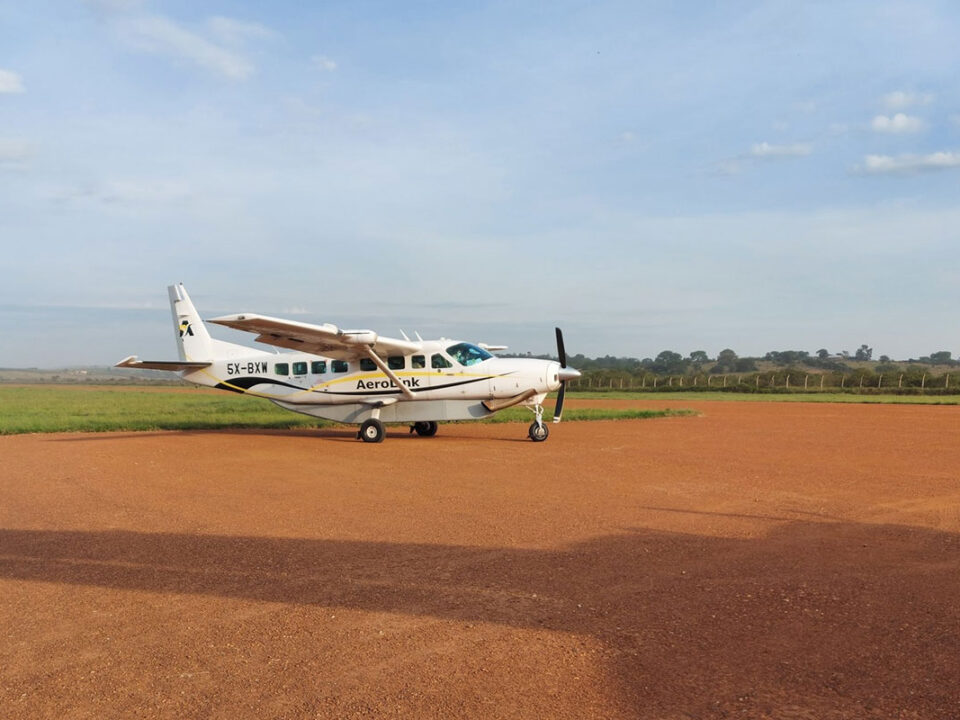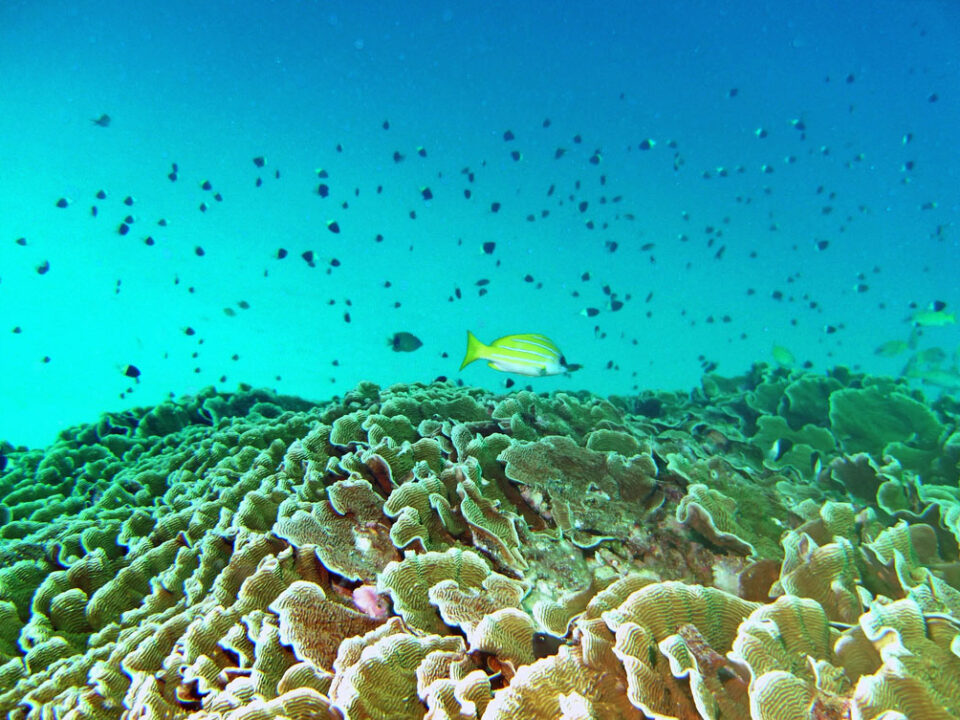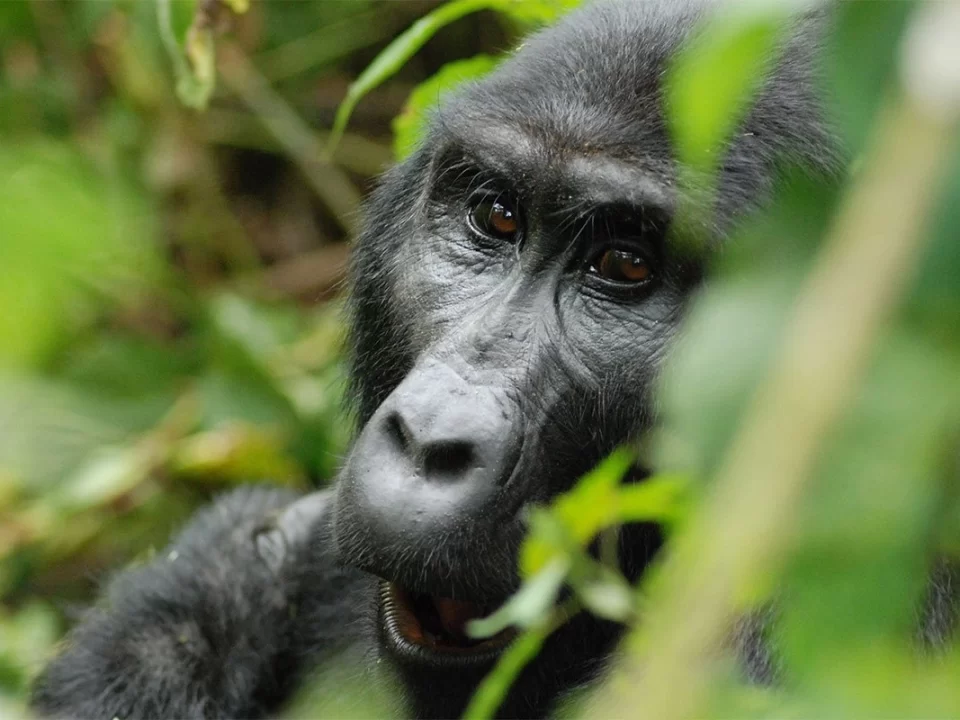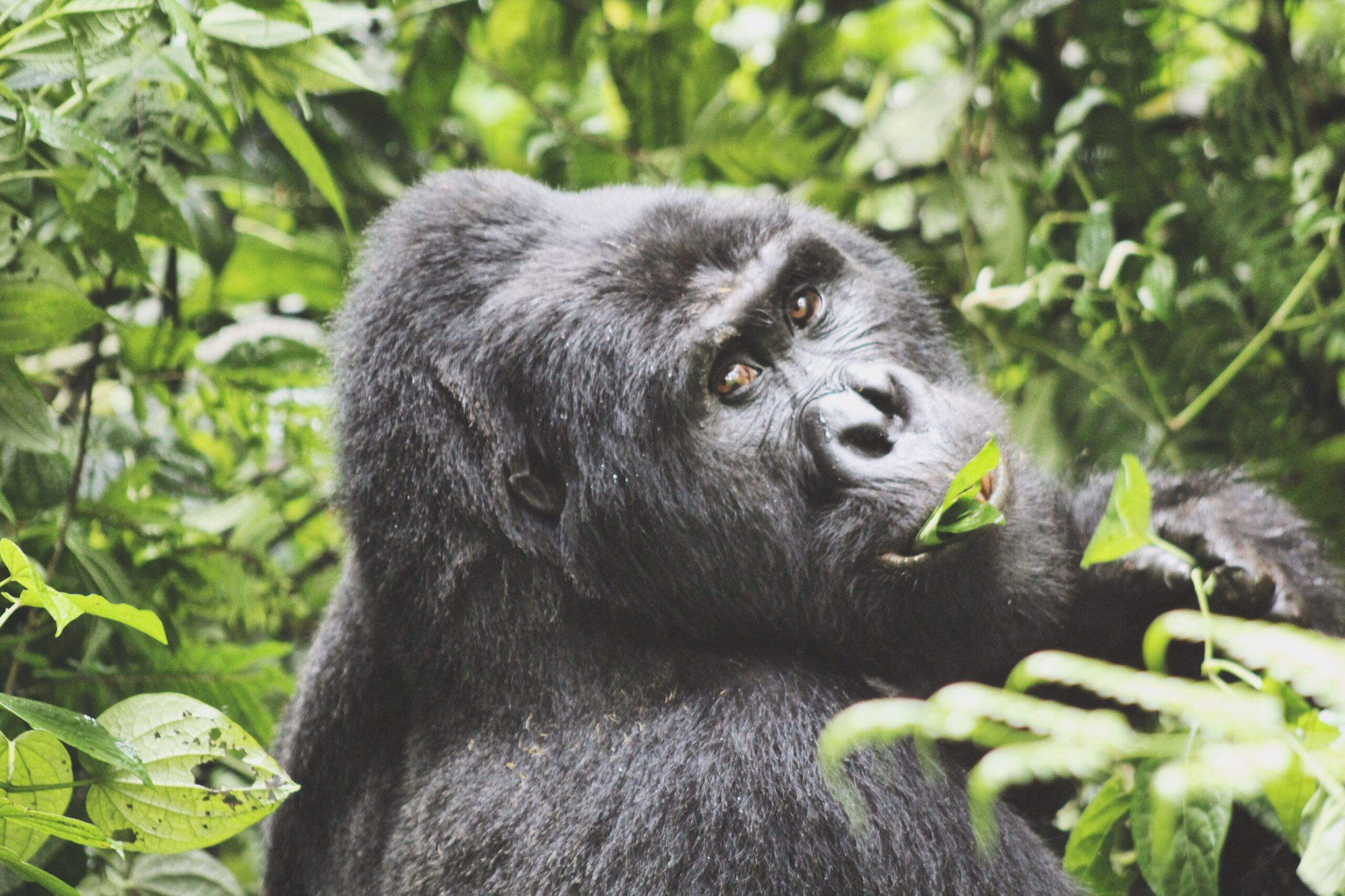
Gorilla Trekking Tours from Nigeria
April 3, 2025
Closest Airport to Visit Gorillas in Uganda
April 3, 2025Flight from Serengeti Seronera to Zanzibar: The Ultimate Safari and Beach Getaway
Combining a thrilling Serengeti safari with a relaxing beach retreat in Zanzibar is one of the best ways to experience Tanzania’s diverse beauty. If you’re planning to fly from Serengeti Seronera to Zanzibar, here’s everything you need to know about flight options, travel logistics, and what to expect.
Flight Options from Serengeti Seronera to Zanzibar
Several airlines operate flights between Serengeti’s Seronera Airstrip (SEU) and Zanzibar International Airport (ZNZ), ensuring a seamless transition from wildlife adventures to white sandy beaches.
- Airlines: Coastal Aviation, Auric Air, ZanAir, and Regional Air offer flights on this route.
- Direct Flights: Some flights are non-stop, taking approximately 2 to 3 hours.
- Connecting Flights: Some flights may have short stopovers in Arusha or Dar es Salaam, increasing total travel time slightly.
- Advance Booking: Flights fill up quickly, especially during peak safari seasons (June–October and December–February), so book early.
Luggage Restrictions for Flights from Serengeti to Zanzibar
- Weight Limit: Due to the use of small aircraft, passengers are generally restricted to 15 kg (33 lbs) per person, including hand luggage.
- Bag Type: Soft-sided bags are preferred to fit into limited cargo space.
Arriving in Zanzibar & Airport Transfers
Upon arrival at Abeid Amani Karume International Airport (ZNZ) in Zanzibar, you can book a pre-arranged airport transfer or use taxis to reach your hotel or resort.
Best Time to Fly from Serengeti to Zanzibar
- Dry Season: Ideal from June to October and December to February for smooth travel and excellent safari and beach experiences.
- Wet Season: From March to May and November, flights may experience occasional delays due to rain.
Top Activities to Include in Your Tanzania Safari
A Tanzania safari offers the perfect blend of wildlife adventures and beach relaxation, making it a dream vacation for many travelers. Whether you’re trekking through the Serengeti or unwinding on Zanzibar’s pristine beaches, this guide will help you make the most of your safari adventure.
1. Game Drives in Tanzania’s Best National Parks
Tanzania is home to some of Africa’s most iconic national parks, each offering a unique wildlife experience. Here’s where you should go for unforgettable game drives:
-
Serengeti National Park: This is the heart of Tanzania’s wildlife, offering the chance to witness the world-famous Great Migration. Spot lions, cheetahs, giraffes, and more as they roam across the vast plains.
-
Ngorongoro Crater: Known as the “Garden of Eden,” this UNESCO World Heritage site is home to the Big Five—lions, leopards, elephants, buffalo, and rhinos—all in one location.
-
Tarangire National Park: Famous for its large herds of elephants and ancient baobab trees, this park offers a stunning landscape for photography and wildlife viewing.
-
Lake Manyara National Park: Known for its tree-climbing lions and vibrant birdlife, Lake Manyara is a haven for nature lovers and birdwatchers alike.
2. Birdwatching in Tanzania
Tanzania is a paradise for birdwatchers, with over 1,000 bird species found across the country. Some top spots include:
-
Lake Manyara National Park: Home to thousands of flamingos, pelicans, and over 400 bird species, this park is a birdwatcher’s dream.
-
Arusha National Park: Here, you’ll find diverse birdlife including turacos, kingfishers, and eagles.
3. Hiking & Mountain Climbing
For adventure seekers, Tanzania’s mountains offer some of the best hiking experiences in the world:
-
Mount Kilimanjaro: As Africa’s highest peak, climbing Mount Kilimanjaro is a bucket-list adventure. Choose from scenic routes like Marangu, Machame, and Lemosho to reach the summit.
-
Mount Meru: A rewarding alternative to Kilimanjaro, Mount Meru offers a shorter but equally stunning hike, making it a great option for acclimatization.
4. Chimpanzee Trekking in Tanzania
Tanzania offers some of the best chimpanzee trekking opportunities in Africa:
-
Mahale Mountains National Park: Trek through lush forests to track wild chimpanzees near Lake Tanganyika. This is one of the most rewarding wildlife experiences in Africa.
-
Gombe Stream National Park: Visit the site of Jane Goodall’s famous chimpanzee research and observe these fascinating primates in their natural habitat.
5. Cultural Tours & Village Visits
Immerse yourself in Tanzania’s rich culture with visits to traditional villages and cultural experiences:
-
Maasai Village Experience: Learn about the customs, dances, and daily life of the Maasai people, one of Africa’s most iconic tribes.
-
Hadza Tribe Experience: Meet one of the last hunter-gatherer tribes in Africa and gain insight into their ancient way of life.
-
Mto wa Mbu Village Tour: Explore this vibrant village, sample local cuisine, and shop at the bustling market for handmade goods.
6. Walking Safaris & Night Game Drives
For a truly immersive experience, take a walking safari or a night game drive:
-
Selous Game Reserve: Explore Tanzania’s wild landscapes on foot with expert guides, learning about the flora and fauna along the way.
-
Manyara Ranch Conservancy: Go on a night safari to spot nocturnal animals like aardvarks, porcupines, and more.
7. Hot Air Balloon Safari
Take your Serengeti experience to new heights with a hot air balloon safari. Drift over the vast plains at sunrise and enjoy a champagne breakfast in the heart of the bush.
8. Zanzibar Beach Relaxation & Water Activities
After the thrill of your safari, unwind on Zanzibar’s idyllic beaches with these beach activities:
-
Snorkeling and Diving: Explore vibrant coral reefs in Mnemba Atoll and Pemba Island, ideal for underwater photography and marine life encounters.
-
Stone Town Tour: Discover Zanzibar’s rich history, spice markets, and stunning architecture during a guided tour of the UNESCO World Heritage site.
-
Sunset Dhow Cruise: Sail on a traditional dhow boat, enjoying stunning views of the Indian Ocean as the sun sets over Zanzibar.
9. Canoeing & Boat Safaris
Tanzania’s parks also offer unique water-based safaris:
-
Arusha National Park: Paddle across Momella Lakes, spotting hippos and a variety of bird species in a serene setting.
-
Selous Game Reserve: Explore the Rufiji River on a boat safari, where you can observe crocodiles, elephants, and diverse birdlife.
10. Luxury Safari Lodges & Mobile Camps
Make your Tanzania safari even more special by staying in luxurious accommodations:
-
Stay in luxury safari lodges with spectacular views and fine dining, perfect for those who want comfort and style.
-
Experience the thrill of mobile tented camps that follow the Great Migration, offering an immersive and adventurous way to witness wildlife.
11. Photography & Educational Safaris
For those keen on learning or capturing the perfect shot, Tanzania offers unique safari options:
-
Photography Tours: Join a guided safari with professional wildlife photographers, improving your skills while capturing unforgettable moments.
-
Wildlife Tracking Workshops: Learn from experienced trackers how to identify and follow animal tracks, gaining insight into animal behavior and movements.
12. Special Events & Festivals in Tanzania
Tanzania’s cultural and wildlife events are a great addition to any safari:
-
Wildebeest Calving Season (January–March): Head to the southern Serengeti to witness thousands of newborn wildebeest. This is an intense and dramatic period in the wild, with predators close by.
-
Zanzibar International Film Festival (ZIFF): If you’re a fan of cinema, time your visit with this annual event, which showcases African films and culture.
-
Sauti za Busara Music Festival: Held in Stone Town, Zanzibar, this festival offers live performances of African music, giving you a taste of Zanzibar’s vibrant cultural scene.
13. Educational Programs
If you’re looking to deepen your understanding of the wilderness, Tanzania offers a variety of educational programs:
-
Bushcraft and Survival Skills: Gain practical survival knowledge, including how to navigate in the wild and survive in Tanzania’s rugged terrain. These skills are taught by experts who have years of experience in the bush.
-
Wildlife Tracking Workshops: Join seasoned trackers and learn how to identify animal tracks, understand animal behavior, and improve your tracking skills.
14. Special Events and Festivals
Tanzania’s events offer an additional layer of cultural richness to your safari:
-
Wildebeest Calving Season (January–March): Witness one of the most dramatic wildlife events as thousands of wildebeest are born in the southern Serengeti.
-
Cultural Festivals: From the Zanzibar International Film Festival to the Sauti za Busara Music Festival, time your visit to enjoy vibrant local culture and traditions.
The Best Time to Visit Tanzania for a Safari
The best time to visit Tanzania for a safari often depends on what you want to experience. However, the dry season from late June to October is typically the most popular and offers optimal conditions for wildlife viewing. Here’s why this period is considered the best:
Dry Season (June to October)
-
Wildlife Viewing: During this time, animals gather around water sources, making them easier to spot. The thinner vegetation also enhances visibility.
-
Great Migration: This is the peak of the Great Migration in the Serengeti, where millions of wildebeest, zebras, and gazelles move in search of water. The river crossings at the Mara River are especially iconic.
-
Weather: The weather is cooler and more pleasant with less rainfall, reducing the number of mosquitoes and the risk of malaria.
Shoulder Seasons (November–December & March–May)
-
Short Rains (November–December): These months bring brief showers but offer lush landscapes and excellent bird watching. The reduced number of tourists means more exclusive wildlife experiences.
-
Long Rains (March–May): While this is the wet season and less popular for safaris, it’s a time of vibrant green landscapes and fewer crowds. Prices are lower, but some areas might be harder to access due to muddy conditions.
January to February
This is an excellent time to visit, especially for those interested in the calving season in the southern Serengeti. During this period, the Serengeti becomes a hotspot for witnessing dramatic wildlife interactions between predators and newborns.
Tips for Planning Your Tanzania Safari
-
Book Early: The dry season (June–October) is very popular, so be sure to book your safari well in advance.
-
Consider Different Parks: While northern parks like Serengeti and Ngorongoro Crater are famous, southern parks like Selous and Ruaha offer exceptional wildlife viewing with fewer tourists.
-
Check Specific Events: If you’re aiming to see a particular event, such as the Great Migration river crossings, research the typical timing as it can vary year to year.
In conclusion, the dry season from June to October is the best time for safari in Tanzania, especially for witnessing the Great Migration. However, every season offers its own unique experiences, so plan based on what you wish to see and do.
Why Book Your Safari with Trek Africa Expeditions?
Trek Africa Expeditions is one of the leading tour operators in East Africa, specializing in unforgettable safaris across Uganda, Kenya, Tanzania, Rwanda, and Congo. Our team has firsthand experience exploring Tanzania, so when you book with us, you’re dealing with experts who know the country inside out.
We pride ourselves on providing exceptional service, from carefully planned itineraries to personalized experiences. Whether you’re flying from Serengeti Seronera to Zanzibar or embarking on a wildlife adventure, Trek Africa Expeditions ensures your trip is smooth and enjoyable.
Feel free to contact us for more details about booking your safari, including flights and tailored itineraries from Serengeti to Zanzibar.

